The most important of the seven species Heliopsis, all of which originate from North America, the Heliopsis helianthoides – Jnba Drsná. Significant garden cultivars derived from subspecies H. helianthoides our. scabrous, originating from central and western parts of the US. Leaves resemble nettle, with whom he is a layman may in time, when not flower, slightly confused. Plants are richly branched and across rough hairy, hence the generic name – Jnba Drsná. The flowers stand out for their distinctive yellow and with different varieties of different sizes and full, bloom from June until autumn.
Because all varieties are yellow, may appear when viewed from a distance, that between them there are no differences (someone even confuses with sunflowers). But it is really only a semblance. Varieties differ in size and fullness garb, color and also some plant height.
In our gardens belong to the most simple flowering Janeba. A relatively common varieties include 'Jupiter' a 'Orion', while grandiflora 'Venus' It is less common. From medium-full and full varieties are popular 'Spitzentänzerin' linguiform dialed with spikes of flowers and 'Sonnenschild' taškovitě jazykovitými arranged with flowers. 'Mars' has, As one of the few varieties, flowers colored deep yellow to orange. The lower and more compact growing variety belongs 'Goldgrünherz', which has a smaller diameter interesting flowers with young green colored strikingly middle (elder flowers are all golden).
A complete novelty in the assortment is the variety 'Loraine Sunshine' a creamy variegated leaves. Meanwhile in Europe is widespread, It has a simple flowers, somewhat weaker grows worse and multiply. Very unusual is also a Japanese variety 'Asahi', which can still be seen very rarely. It is lower in stature and their flowers more like marigold, But if we look at the leaves, not about belonging to doubt janebám. Diameter of flowers is, Unlike other varieties of the current range, only 4-5 cm.
Garden varieties are propagated only vegetatively, the seeds can not retain varietal characteristics reliably.
In ordinary multiplication for gardening purposes it is sufficient to divide plants. Older plants is necessary to rejuvenate – divided into many small pieces with few shoots. The ideal is a division in the winter time or dormancy in early spring, before they begin to grow through stronger sprouts (April, up to May). less common, but also applicable, the term division after flowering (in September).
In large-scale breeding is mainly used cuttings. Top early May should be taken from the mother plant cuttings about as long finger. Suitable propagation substrate perlite, or a mixture of perlite and peat, in home conditions sufficient even finer sand.
On treatment are too demanding Janeba, during vegetation it is necessary to continuously remove overblown outfits. First, change color and drying on the plants treated unsightly, but mainly – JANEBA very happy vysemeňují. If not removed regularly overblown outfits, it might happen, that the varieties have a nice plnokvěté after several years just plain simple. Propagation by seed is because the properties of the parent plants are not transferred reliably to offspring. It is also a common problem for many ornamental perennial nurseries, that the pressure of work at the Propagation of forgetting to remove outfits, and offer a range of plants not plant variety title. Removing faded garb also supports further flowering, the plants look more nicely in the furrows.
The advantage is also that JANEBA, that build on its strong upright stems forming clumps and too nepoléhají.
JANEBA flowers are very suitable for cut, in weight does not last long. Another significant advantage is also solid straight stems, that is, after trimming should immediately put in water, otherwise rapidly wither. On the other hand, also cut flowers absorb water very well and after being placed in a container with water (best landscape) will soon recover.
Plants are most often used as a traditional bedding perennials in mixed perennial rebate. The furrows with their brilliant yellow combines well with other senior and middle perennials. They look good in combination with a dark-colored varieties zápleváku (I Helenice) a zavinutky (Monarda) but also a blow to (Phlox paniculata).
JANEBA station lasts for many years and have high demands on the soil or on the moisture. Better they have been growing in soils with adequate nutritious vinaigrette, but enough with ordinary garden soil with a smaller supply of nutrients and moisture, but then grow weaker.
The article was published on the website of the Association Czech perenářů courtesy magazine Zahrádkář.





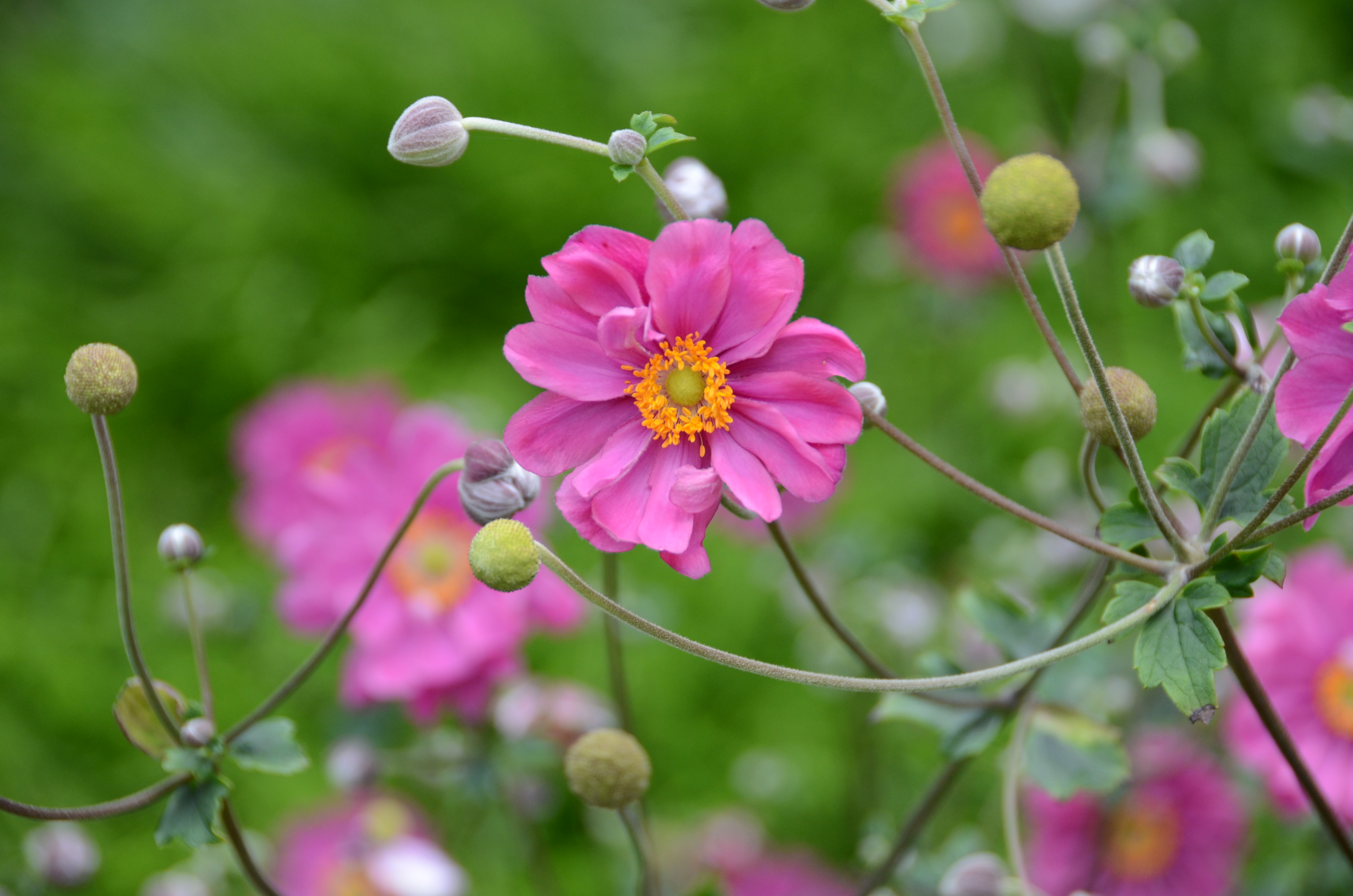
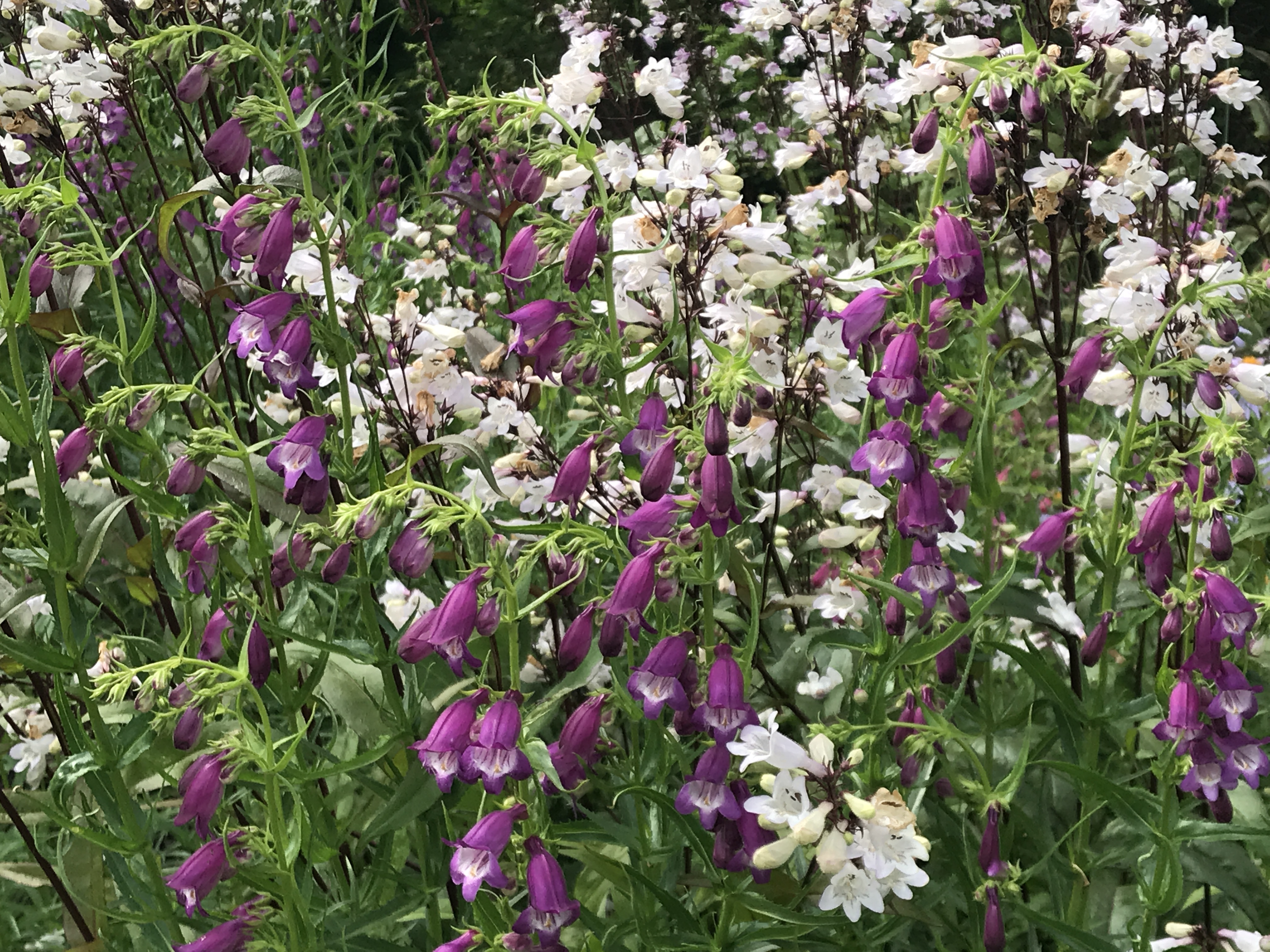

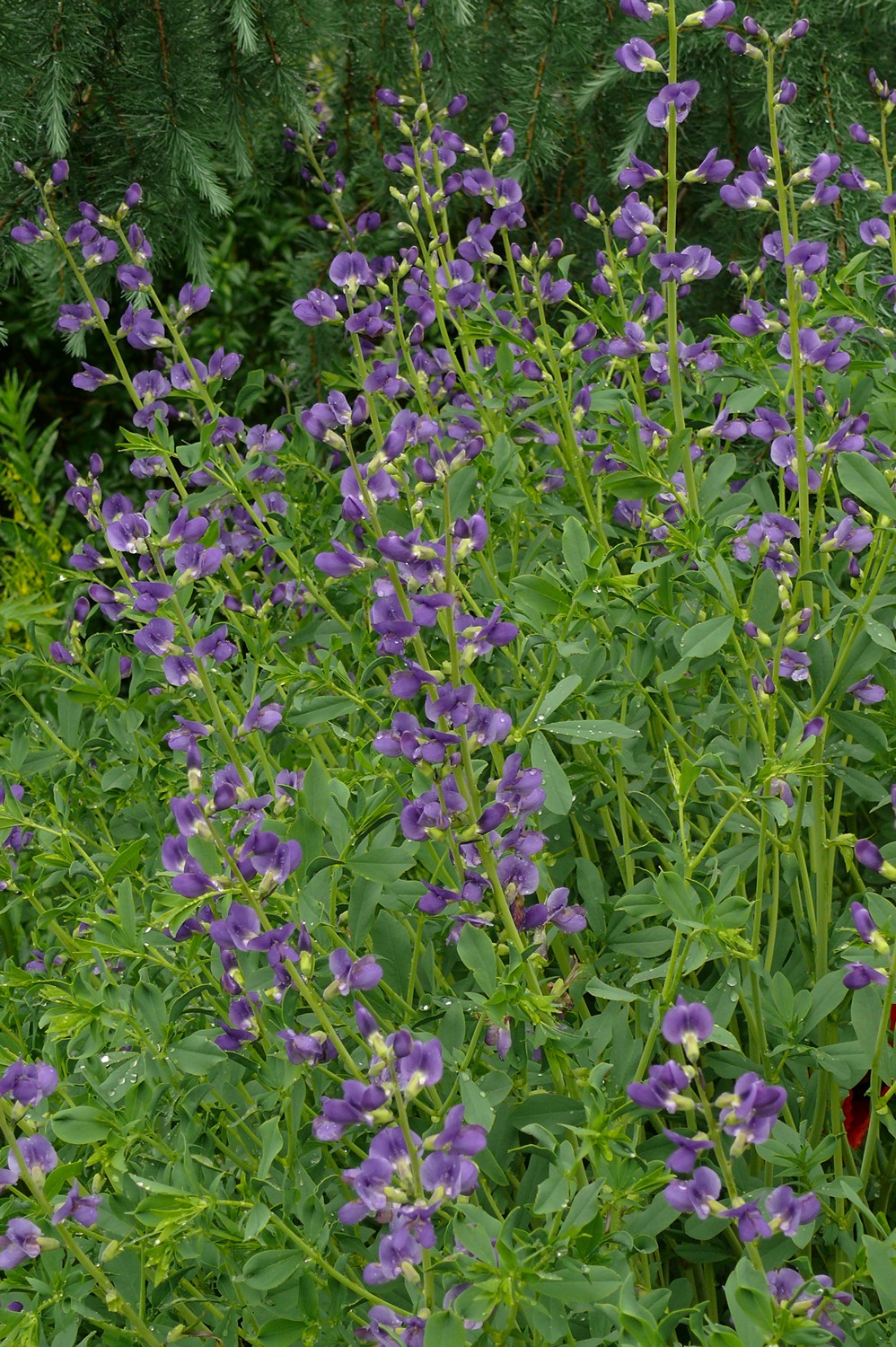
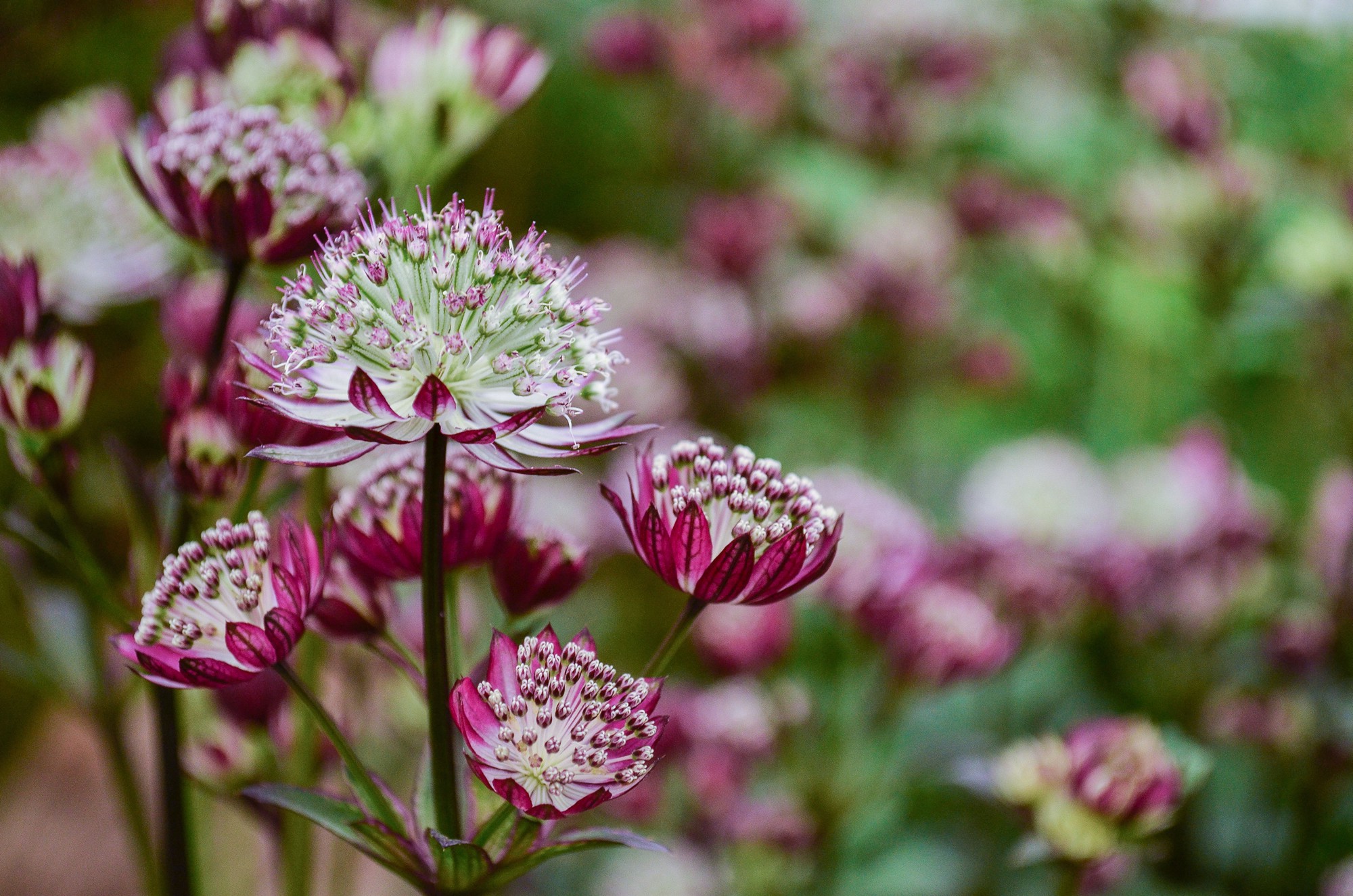




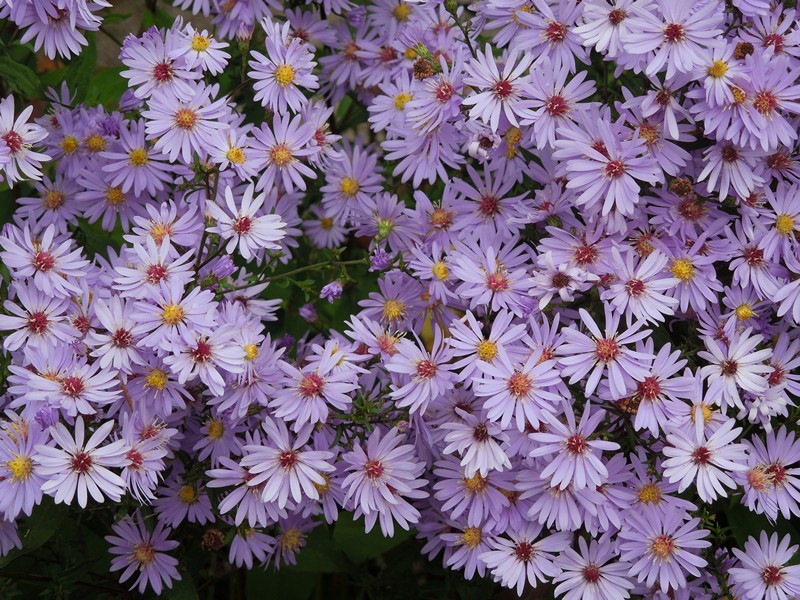
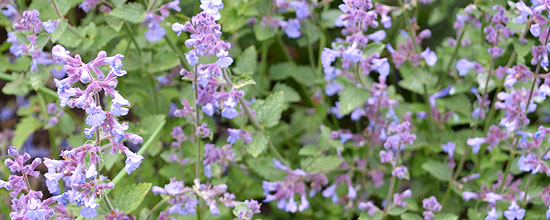
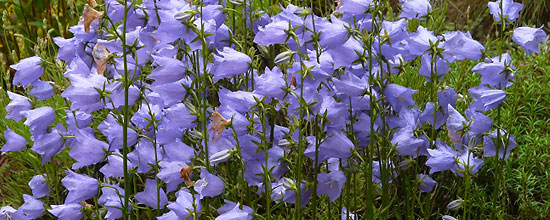


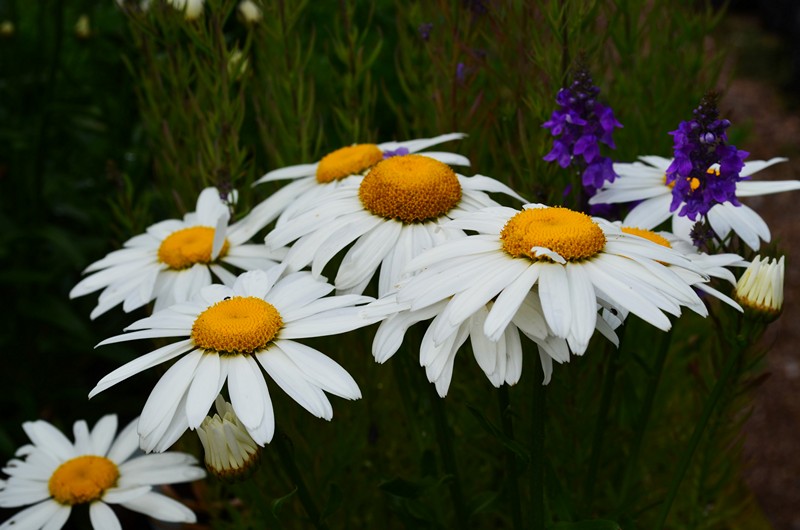
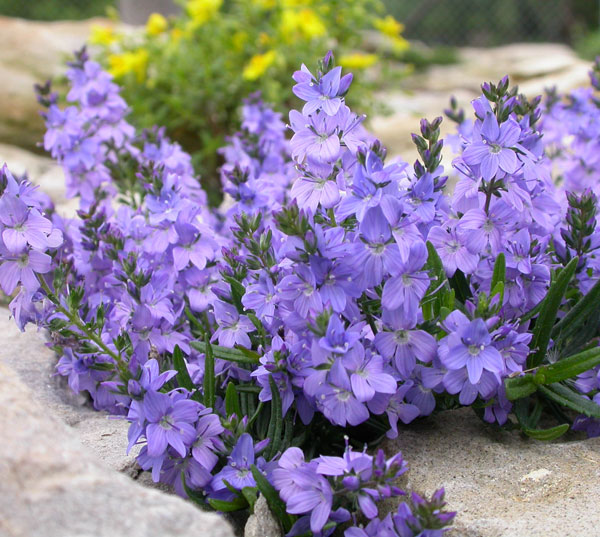

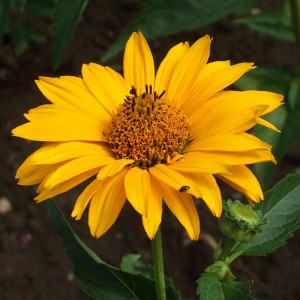
Last year I received a few seedlings of supposedly rudbeckia, but something else is growing on me, over a meter tall trunk, in the axil of each leaf are twigs with buds at the end, the same as the one on top of the plant. So far, the bud looks like an echinacea, green, hedgehogs. The stem of the plant is darkly spotted. Three possible names were released for the plant recognition program in the mobile phone – rudbekie, sunflower, echinacea… Škoda, that you can't add a photo here. I would really like to know what it is, I have never seen such a perennial. Maybe someone will wonder what it is….??